The Stages And Cycles Of Sleep
If you are suffering from chronic tiredness, it is really helpful to understand what should happen during each stage of sleep. This way you can ensure that you get the rest you need and take appropriate measures to enjoy high quality, refreshing sleep.
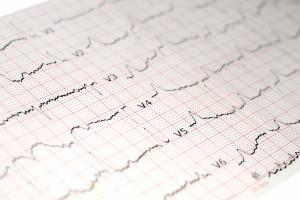
Sleep disorders and fatigue
Many people who suffer from either tiredness or actual chronic fatigue syndrome have disordered sleep. This means that they wake up unrefreshed because they haven’t sleep long enough or deeply enough. Some people even wake up feeling groggy and with a hang-over, as if they had spent a night on the tiles, even though they haven’t consumed any alcohol. Many have difficulty waking up in the morning, while others have problems falling asleep or staying asleep. The causes of these are varied [for more information on this topic, please seeSleep disorders which can make you feel tired.]
Sleep is important for all of us, and especially for those who are suffering from chronic fatigue syndrome (CFS) or fibromyalgia (FMS). Most of us need between 7.5 and 9 hours sleep a night and without it we would deteriorate both physically and mentally. During sleep:
- The blood supply is increased
- Blood pressure is reduced
- Growth hormone is produced
- Cellular repair is initiated
- Memories are organized into memory networks
- Dreams occur.
All these activities are absolutely critical for our well-being. Sleep has both cycles and stages and it is necessary to complete them in the proper order and to get enough of each stage before we wake up.
The stages of sleep
The brain goes through complex changes of gear whilst we are asleep. There are 5 stages of sleep, each distinguished by its own brain wave pattern. Stages 1 and 2 are light sleep and constitute about 50% of our sleeping time. Stages 3 and 4 take about 25% and are deep sleep, of which we must have at least two hours. Finally Stage 5, REM, or Rapid Eye Movement Sleep, takes about 25% of our sleeping time.
3 style="line-height: 20.0063037872314px;">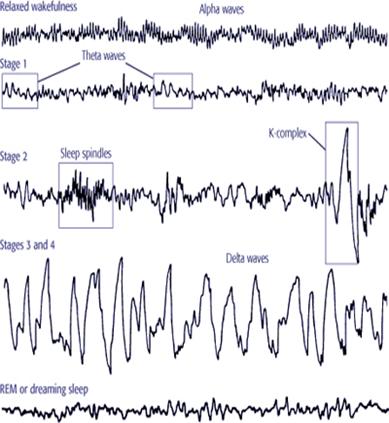
Our brain waves determine our level of consciousness. During both sleeping and waking hours we shift through various brain states, all of which can be measured and all of which have their own special functions. The different brainwaves are:
Beta
The brain produces these when it is aroused and engaged in focused mental activities. They are the fastest brainwaves. If you are having an active conversation or worrying about a problem, you are in beta state. Falling asleep requires that you shift out of beta.
Alpha
We produce these brainwaves when we’re feeling more relaxed and reflective. They’re slower and longer. Meditation creates alpha states, as well feeling peaceful, being in nature, etc. Creating alpha brain waves is a precursor to sleep.
Theta
When you start to daydream and fantasize, then you are in the theta state. Theta also occurs when we are asleep.
Delta
Delta occurs with sleep and there are degrees of delta according to whether we are dreaming or not.
K Complex
These waves are produced during sleep – they are single waves with high amplitude.
REM
This is a combination of theta and alpha.
The brainwave states
In stage 1 and 2, we are in theta brain wave state. Stage 2 is characterized by K complex waves and sleep spindles. Stages 3 and 4 are combination of delta and theta and stage 5, or REM, is dream sleep. Many people who are anxious or stressed spend a lot of time in beta, trying to solve problems. Relaxation and meditation both have the power to shift beta to alpha or even theta. Learning to do one or the other could help with the falling asleep process.
The cycles of sleep
The cycles of sleep are important because if you wake up mid cycle, you will feel groggy. Have you ever woken up fresh and alert at 5 am, and then decided to go back to sleep for an hour and re-awoken feeling tired and out of sorts? This feeling probably persisted all day with problems in concentrating, irritability or fatigue. The reason why this happened is that at 5 am you had completed one sleep cycle. When you started the next, your alarm clock, or the need to get up, interrupted it. So you didn’t finish the cycle properly. Each cycle takes between 60 and 90 minutes to complete. For this reason, it is a good idea if you can train yourself to be without an alarm clock and learn to wake naturally. In any case, hitting the snooze button is probably not the best idea.
The Stages are:
- 1st Stage – theta, falling asleep
- 2nd stage – light sleep, K complex waves and sleep spindles taking it a little deeper
- 3rd stage – deep sleep, theta and delta
- 4th stage – delta disappears, blood pressure drops. Heart and breathing rate are decreased and stabilized.
- REM – is a combination of theta and alpha. Dreams occur and muscles become paralyzed so that you can’t act out your dreams.
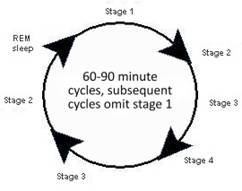
As we need REM sleep for re-building of both body and mind, it is essential to have enough of the other stages of sleep as well. So a minimum number of hours are needed for high quality sleep, which may vary slightly from person to person, depending on the length of their stages of sleep. [Please seeHow to create quality sleepfor more information about how to create positive sleep patterns andArranging Your bedroom for optimum sleepfor more information about how to set up your sleeping room].
To sum up
We need to go through various cycles and stages of sleep in order to wake up refreshed in body and mind. If you are interrupted in your sleep, then the cycles will be disturbed and you will have a poor night’s rest. [Please seeSleep and Tiredness- and overviewfor more information about avoiding sound and light intrusions during the night.]
If you find it difficult to get to sleep at night, please seeProblems with falling asleepand if you find it difficult to wake up, please seeProblems waking up.

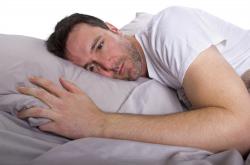



.jpg)
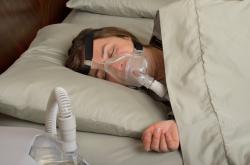

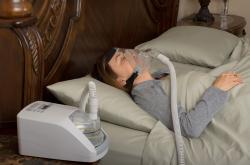








Leave a comment